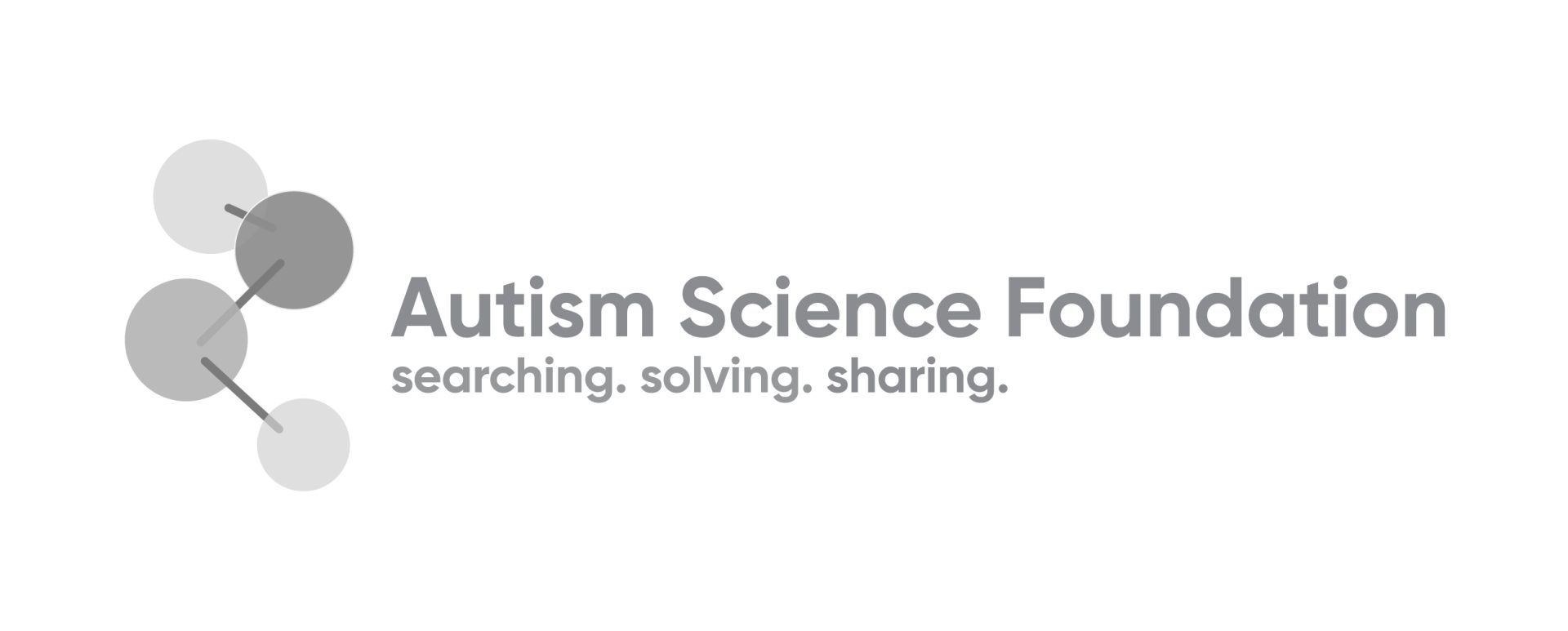These new data underscore the importance of early autism screening and intervention for better long-term outcomes for people with autism
NEW YORK — December 2, 2021 — The Centers for Disease Control and Prevention (CDC) today announced that 1 in 44 eight-year-old children and 1 in 59 four-year-old children are diagnosed with autism. This is an increase from the 1 in 54 number for eight-year-olds reported in March 2020 and higher than the previously reported 1 in 64 number for four-year-olds.
The new CDC data confirm that autism prevalence and diagnoses have gone up steadily in the past five years. In 2016, the CDC estimated that 1 in 68 eight-year-old children were identified with autism spectrum disorder (ASD). In 2018, 1 in 59 eight-year-old children were identified as having autism. Last year, that number rose again to 1 in 54 eight-year-olds.
ASD identification among children aged 4 years varied by site, suggesting opportunities to examine developmental screening and diagnostic practices that promote earlier identification.
The CDC also reported that a higher percentage of Black children with ASD were identified with intellectual disability compared to white or Hispanic children with ASD. This is consistent with previous reports. In addition, the prevalence of ASD among Hispanic 8-year-old children was lower than that of Black or white children in several of the 11 communities studied. The variability in ASD prevalence and community ASD identification practices among children with different racial, ethnic, and geographical characteristics highlights the importance of research into the causes of that variability and strategies to provide equitable access to developmental evaluations and services. These findings also underscore the need for enhanced infrastructure for diagnostic, treatment and support services to meet the needs of all children.
Among children aged 8 years with ASD who had data on cognitive ability, 35.2% were classified as having intellectual disability (IQ ≤70) and 23.1% were classified in the borderline range (IQ = 71–85). This is consistent with past reports.
“Today’s CDC information makes it clear that we are getting better at diagnosing autism and identifying it earlier, which is encouraging because research has consistently shown the value of early intervention,” said Alison Singer, Co-Founder and President of the Autism Science Foundation. “However, more than 58% of children identified had intellectual disability or borderline intellectual disability. This cohort of children with profound autism warrants more attention from policymakers and service providers, as their needs are dramatically different from those with milder forms of autism.”
ASF has sponsored numerous education initiatives aimed at helping families learn the early warning signs of autism. The organization has also funded numerous studies that aim to discover the earliest signs of autism and how to best treat young children after a diagnosis.
“CDC’s confirmation that autism rates are rising is a stark reminder that supporting evidence-based autism research to help the growing number of families coping with the challenges of autism is more important than ever,” said Dr. Alycia Halladay, Chief Science Officer at the Autism Science Foundation. “Although great strides have been made in diagnosing and treating autism in young children, there is still much to learn. ASF remains committed to funding and supporting autism researchers and the growing number of autism families.”
About the Autism Science Foundation
The Autism Science Foundation (ASF) is a 501(c) (3) public charity. Its mission is to support autism research by providing funding to scientists and organizations conducting autism research. ASF also provides information about autism to the general public and serves to increase awareness of autism spectrum disorders and the needs of individuals and families affected by autism. To learn more about the Autism Science Foundation or to make a donation, visit www.autismsciencefoundation.org.
Media Contact:
Kathy Ehrich Dowd
Forefront Communications for Autism Science Foundation
617-970-5842

